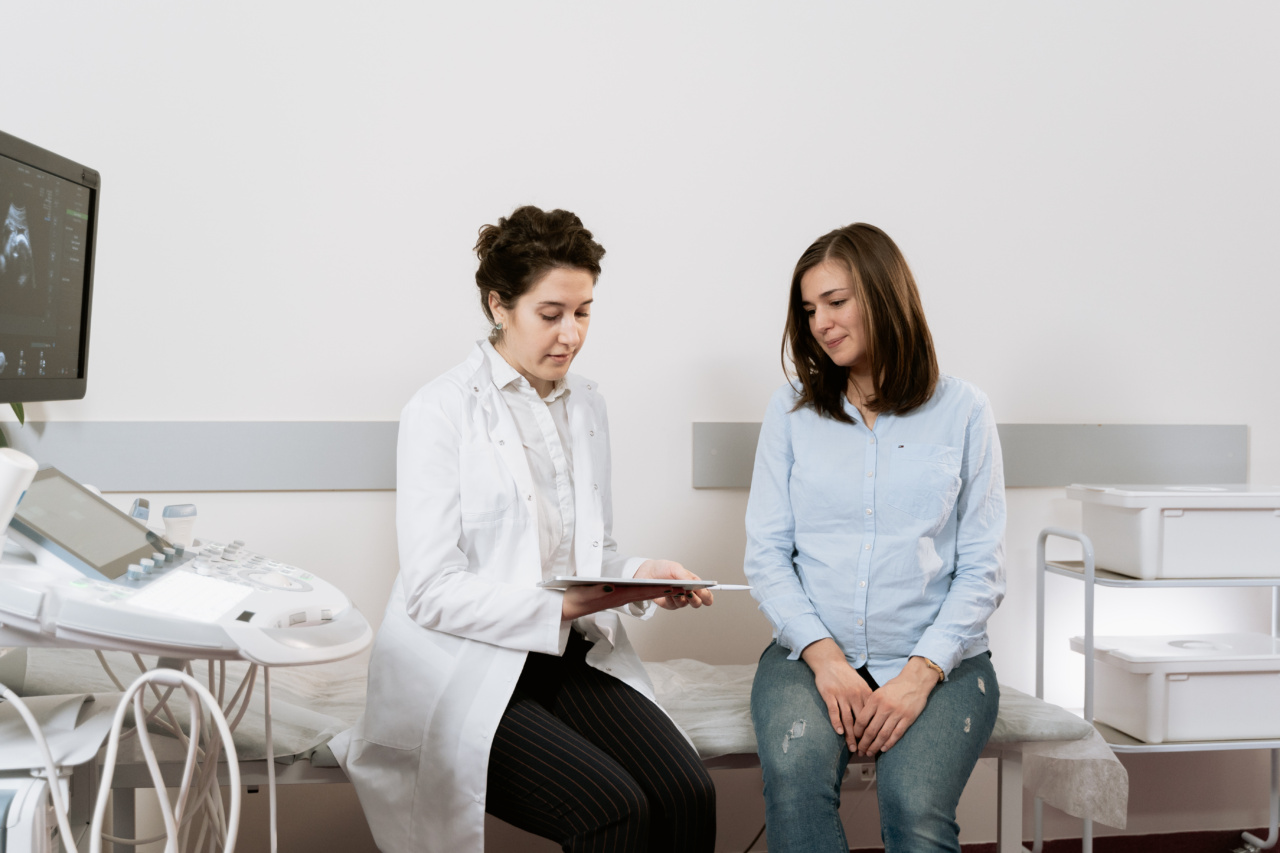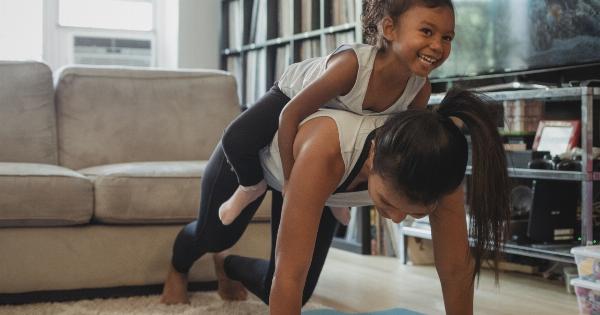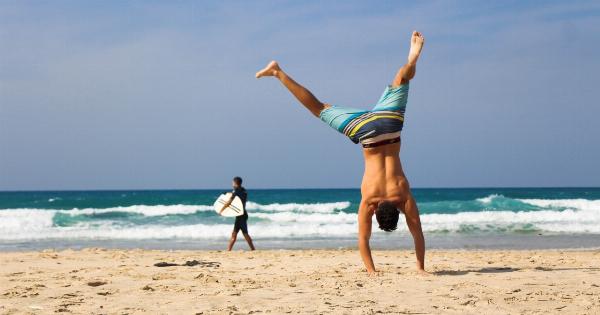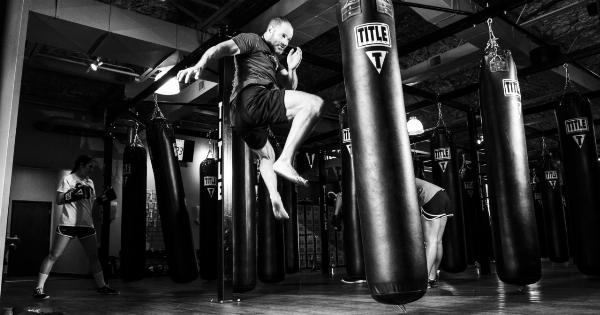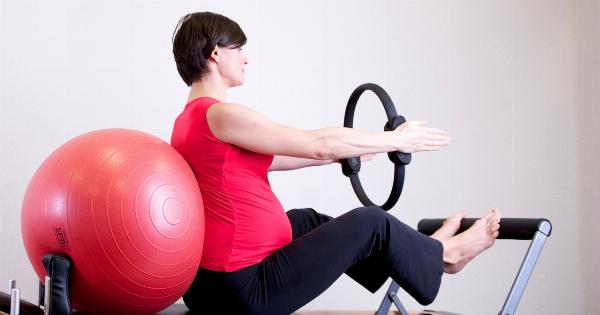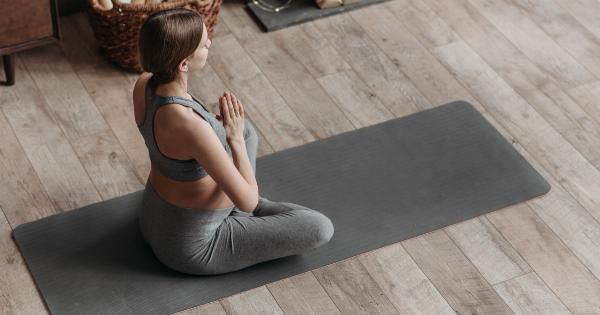Many expectant mothers wonder if they can continue to exercise and engage in physical activities during pregnancy. The good news is that, in most cases, exercise can be beneficial for both the mother and the baby.
However, it is important to choose safe and suitable exercises that do not put excessive strain on the body. In this article, we will focus specifically on suitable gymnastics moves for expectant mothers.
Benefits of Exercise during Pregnancy
Exercise during pregnancy offers numerous benefits, including:.
- Improved physical fitness and stamina
- Maintenance of healthy weight gain
- Reduced pregnancy discomforts such as backaches and constipation
- Increased energy levels and improved mood
- Better sleep quality
- Enhanced ability to cope with the demands of labor
Safe Gymnastics Moves for Expectant Mothers
Gymnastics exercises can help improve flexibility, strength, and balance, which are all important during pregnancy. However, certain adjustments and modifications should be made to ensure the safety of the mother and the baby.
Here are some suitable gymnastics moves for expectant mothers:.
1. Modified Planks
The plank exercise can help strengthen the core muscles, which are important for maintaining stability and preventing back pain during pregnancy.
To modify the plank for pregnancy, perform it on your hands and knees instead of a traditional high plank position. This reduces strain on the wrists and minimizes the risk of diastasis recti.
2. Standing Leg Lifts
Standing leg lifts are great for targeting the glute and thigh muscles. Stand beside a stable surface, such as a chair or a wall, for support. Lift one leg to the side, keeping it straight but not locking the knee. Repeat on the other side.
This exercise helps improve balance, which can be affected by the shifting center of gravity during pregnancy.
3. Shoulder Circles
Shoulder circles help alleviate tension in the upper back and improve posture. Stand with your feet shoulder-width apart and rotate your shoulders in a circular motion—forward and backward. Take it slow and listen to your body.
Avoid any exercises that cause pain or discomfort.
4. Pelvic Tilts
Pelvic tilts help strengthen the abdominal muscles and reduce lower back pain. Stand with your back against a wall, place your feet hip-width apart, and gently press your lower back into the wall. Hold for a few seconds and release.
You can also perform this exercise while on all fours for a modified version.
5. Modified Squats
Squats are great for strengthening the leg muscles and preparing for labor. However, during pregnancy, it is important to perform modified squats to avoid putting too much pressure on the pelvic floor.
Stand with your feet hip-width apart and lower your body as if you were sitting back into a chair. Only go as low as feels comfortable and engage your core for added stability.
6. Seated Toe Taps
This exercise is done while seated on the edge of a chair or stability ball. Lift one foot and tap your toes on the ground in front of you, then repeat with the other foot.
Seated toe taps help strengthen the hips and improve circulation, which can be beneficial for preventing swelling in the legs and feet.
7. Modified Push-Ups
Push-ups are an excellent exercise for strengthening the upper body. During pregnancy, modify the traditional push-up by performing it against a wall or using an elevated surface, such as a bench or countertop.
This helps reduce strain on the belly and prevents excessive pressure on the core.
8. Kegels
Kegels are exercises that target the pelvic floor muscles, which play a crucial role in supporting the uterus, bladder, and bowels. These exercises involve squeezing and releasing the pelvic floor muscles.
Kegels can help improve bladder control and prepare the muscles for labor and delivery.
9. Side Leg Raises
Lying on your side, raise your top leg while keeping it straight. Hold it in the air for a few seconds, then lower it down. Side leg raises help strengthen the hip muscles and improve overall leg strength.
Make sure to switch sides and perform the exercise on both legs.
10. Cat-Camel Stretch
This stretch helps relieve back stiffness and improves flexibility in the spine. Begin in an all-fours position, with your hands under your shoulders and your knees under your hips.
Arch your back upward like a cat, then lower it down and extend your chest forward like a camel. Repeat this movement slowly and gently.
Conclusion
Staying active and participating in safe exercises, such as the gymnastics moves mentioned above, can greatly benefit expectant mothers.
However, it is always important to consult with a healthcare provider before starting any exercise routine during pregnancy. Listen to your body and make modifications as needed, focusing on staying comfortable and safe.
Being an expectant mama doesn’t mean giving up on fitness; it just means adapting and finding suitable exercises that support a healthy and happy pregnancy.
